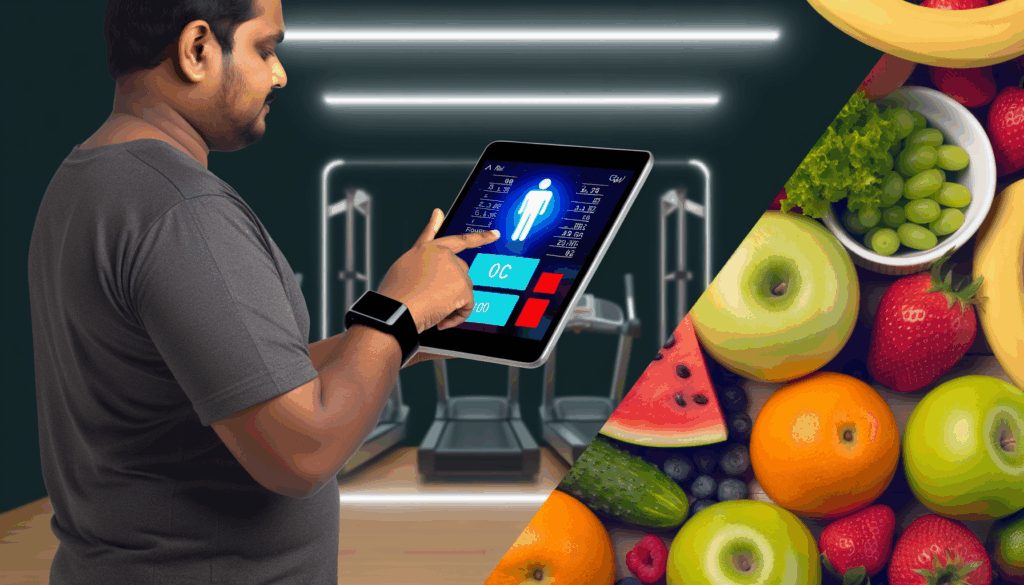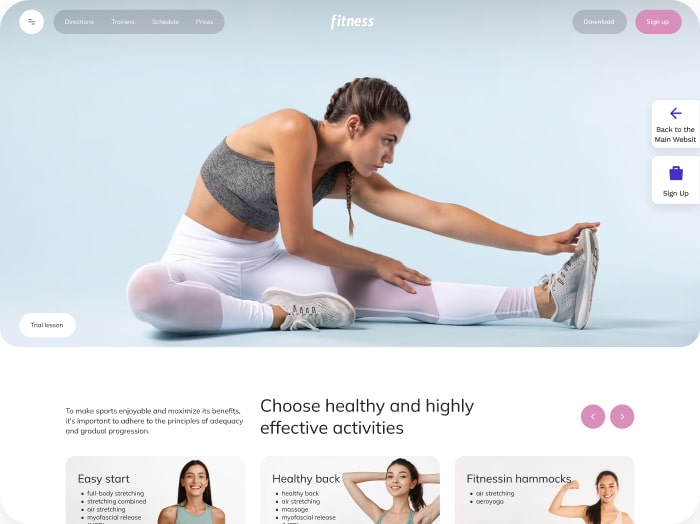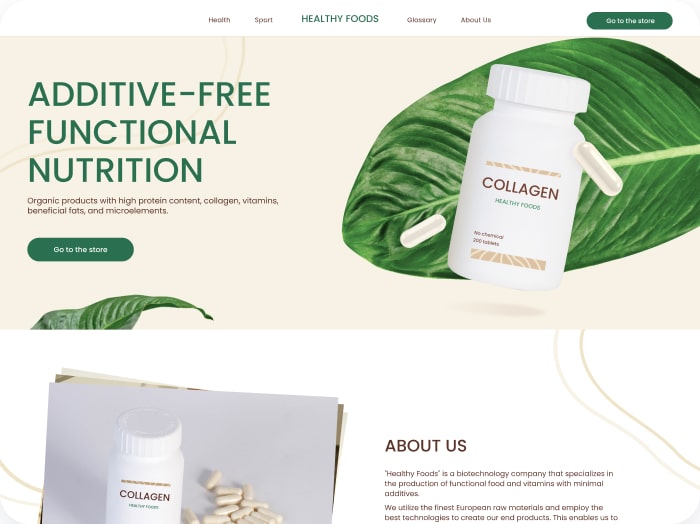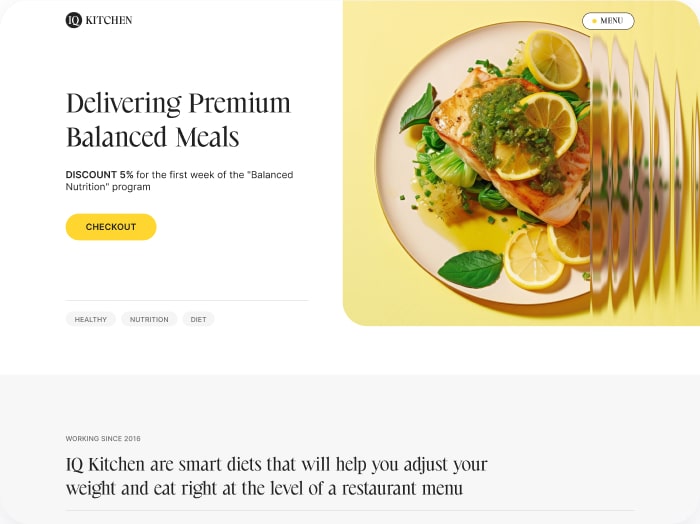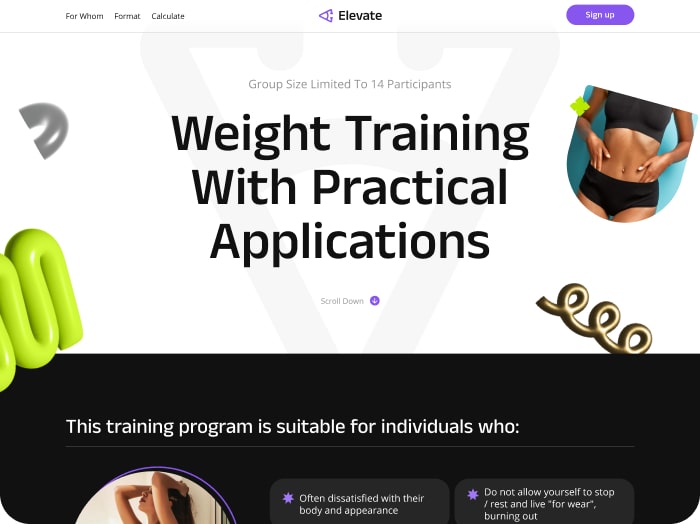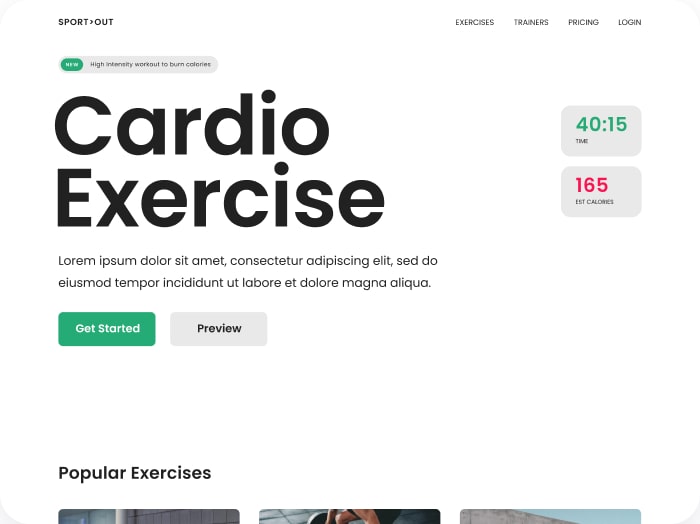Interactive tools are revolutionizing the way websites engage with their audience, particularly in the health and fitness industry. By incorporating interactive elements such as calorie calculators, quizzes, and infographics, health websites can significantly enhance user experience, boost engagement, and improve their Search Engine Optimization (SEO). This is crucial for health blogs and websites aiming to attract more traffic and increase their online visibility.
For instance, the Calorie Calculator Cloud offers a comprehensive tool that not only helps users calculate their daily calorie needs but also provides personalized dietary advice. Such interactive tools are invaluable for increasing user engagement and driving traffic to health and fitness websites.
Building Interactive Tools for Better Engagement
Interactive tools are designed to encourage users to spend more time on a website, reducing bounce rates and increasing dwell time. These engagement metrics are crucial for SEO as they signal to search engines like Google that the content is high-quality and valuable to users.
A notable example is HubSpot‘s interactive website grader tool. This tool provides users with personalized insights and actionable recommendations, enhancing user experience and driving traffic. Similarly, incorporating interactive nutrition content can help health blogs attract more visitors and increase their online presence.
Real-World Examples of Interactive Tools
For health websites, interactive tools can be used in various ways to enhance user experience. For instance:
- Calorie Calculators: Tools like the Calorie Calculator Cloud help users calculate their nutritional needs based on their personal data, such as age, weight, and activity level. This personalized approach increases user engagement and can lead to a higher ranking on search engines.
- Quizzes and Assessments: Quizzes that assess users’ dietary habits or fitness levels can provide valuable insights and encourage users to explore more content on the website. Platforms like TryInteract offer easy-to-create quizzes that can be embedded into health blogs.
- Interactive Infographics: Interactive infographics can present complex data in an engaging and easily digestible format. They encourage users to explore various sections, increasing time spent on the page and potentially attracting backlinks from other websites.
By incorporating these interactive tools, health websites can differentiate themselves from competitors and create a more engaging experience for their audience.
SEO Benefits of Interactive Tools
Interactive tools offer several SEO benefits that can enhance a website’s visibility and ranking:
- Improved User Engagement: Interactive tools encourage users to engage more deeply with the content, leading to increased session duration and reduced bounce rates. This positive engagement signal is interpreted by search engines as an indicator of high-quality content, which can improve SEO rankings.
- Higher Social Shares and Backlinks: Interactive content is often more shareable and can generate social shares and backlinks. Social shares indicate to search engines that the content is valuable, while backlinks from authoritative sites help build the website’s authority, a crucial factor for SEO.
- Increased Conversion Rates: Interactive tools can help convert casual visitors into leads or customers. For example, a quiz that leads to a personalized product recommendation can drive higher conversion rates. When users engage with content tailored to their needs, they are more likely to take action, such as subscribing to a newsletter or making a purchase.
Tools like Agency Analytics can help track these SEO metrics and provide insights into how interactive tools are impacting website performance.
Optimizing Nutrition Content for SEO
Optimizing nutrition content for SEO involves creating high-quality, engaging content that addresses specific user needs. Here are some strategies:
- Keyword Research: Conduct thorough keyword research using tools like Ahrefs or SEMrush to identify relevant terms and phrases that users are searching for.
- Content Quality and Relevance: Ensure that the content is informative, well-researched, and relevant to the target audience. This can include articles on healthy eating, workout routines, and nutrition tips.
- Mobile Optimization: Ensure that all interactive tools and content are optimized for mobile devices, as this is a key factor for SEO success.
By focusing on these strategies, health blogs can improve their SEO performance and attract more traffic.
Creating Interactive Websites for Health and Fitness
Creating an interactive website involves designing engaging user experiences that encourage interaction and exploration. Here are some tips:
- Use Interactive Elements: Incorporate interactive elements such as quizzes, polls, and calculators to capture users’ attention and encourage engagement.
- Responsive Design: Ensure that the website has a responsive design that works seamlessly across different devices, enhancing user experience and improving SEO.
- Valuable Content: Provide valuable and relevant content that addresses users’ needs and interests, increasing the likelihood of social shares and backlinks.
By leveraging these strategies, health and fitness websites can improve user engagement, increase traffic, and enhance their overall online presence.
Tools for Creating Interactive Websites
There are several tools available for creating interactive websites:
- Web Development Frameworks: Frameworks like React and Angular can be used to build interactive web applications.
- Content Management Systems (CMS): Platforms like WordPress offer themes and plugins that can help create interactive content.
- Interactive Content Platforms: Tools like Storyly and Vocal provide resources for creating interactive content.
These tools can help streamline the process of creating engaging and interactive content for health and fitness websites.
Conclusion and Future Directions
Interactive tools are a powerful strategy for improving SEO, enhancing user experience, and increasing traffic for health and fitness websites. By incorporating tools like calorie calculators, quizzes, and interactive infographics, websites can differentiate themselves in a crowded online space. If you’re looking to optimize your nutrition content and improve your website’s SEO performance, consider integrating interactive elements into your strategy. Visit Calorie Calculator Plans to explore how interactive tools can be integrated into your website.
As the digital landscape continues to evolve, focusing on interactive content will be crucial for health and fitness websites seeking to stay ahead of the competition. By leveraging the power of engagement and personalization, these websites can create a more lasting impact on their audience and improve their online visibility.



